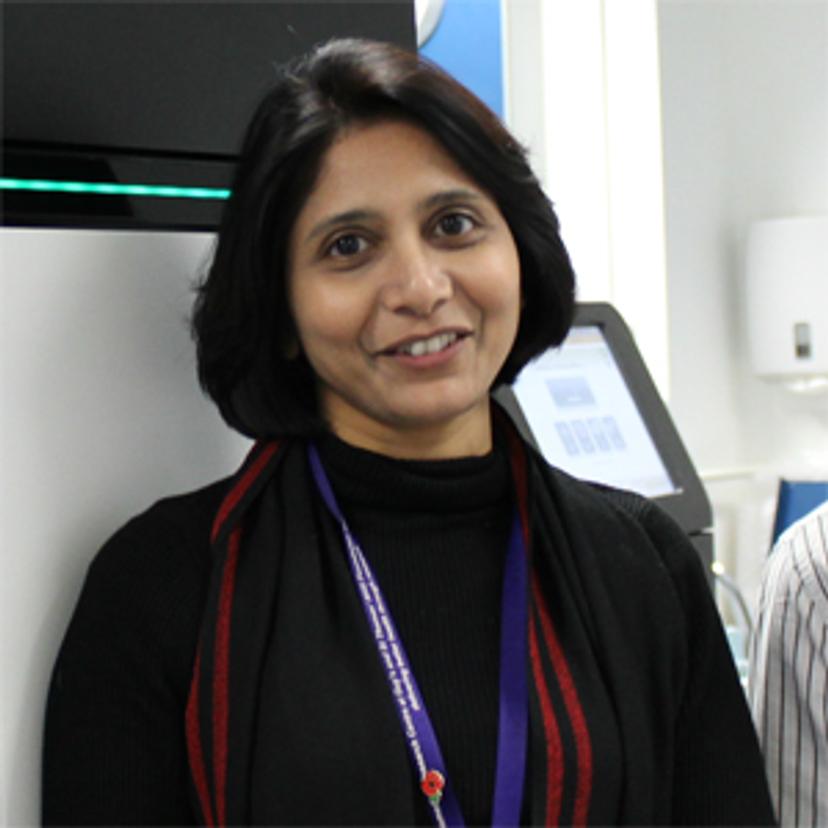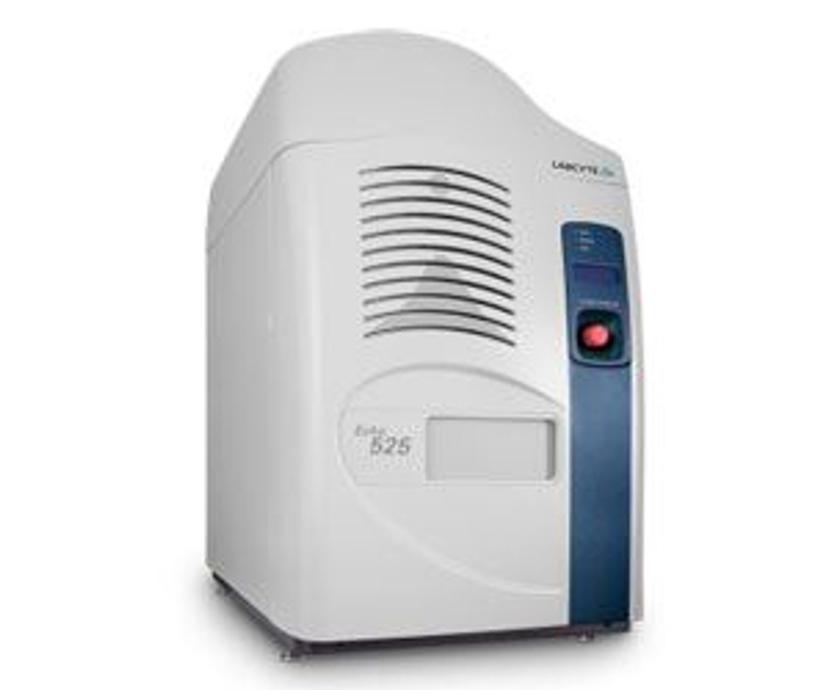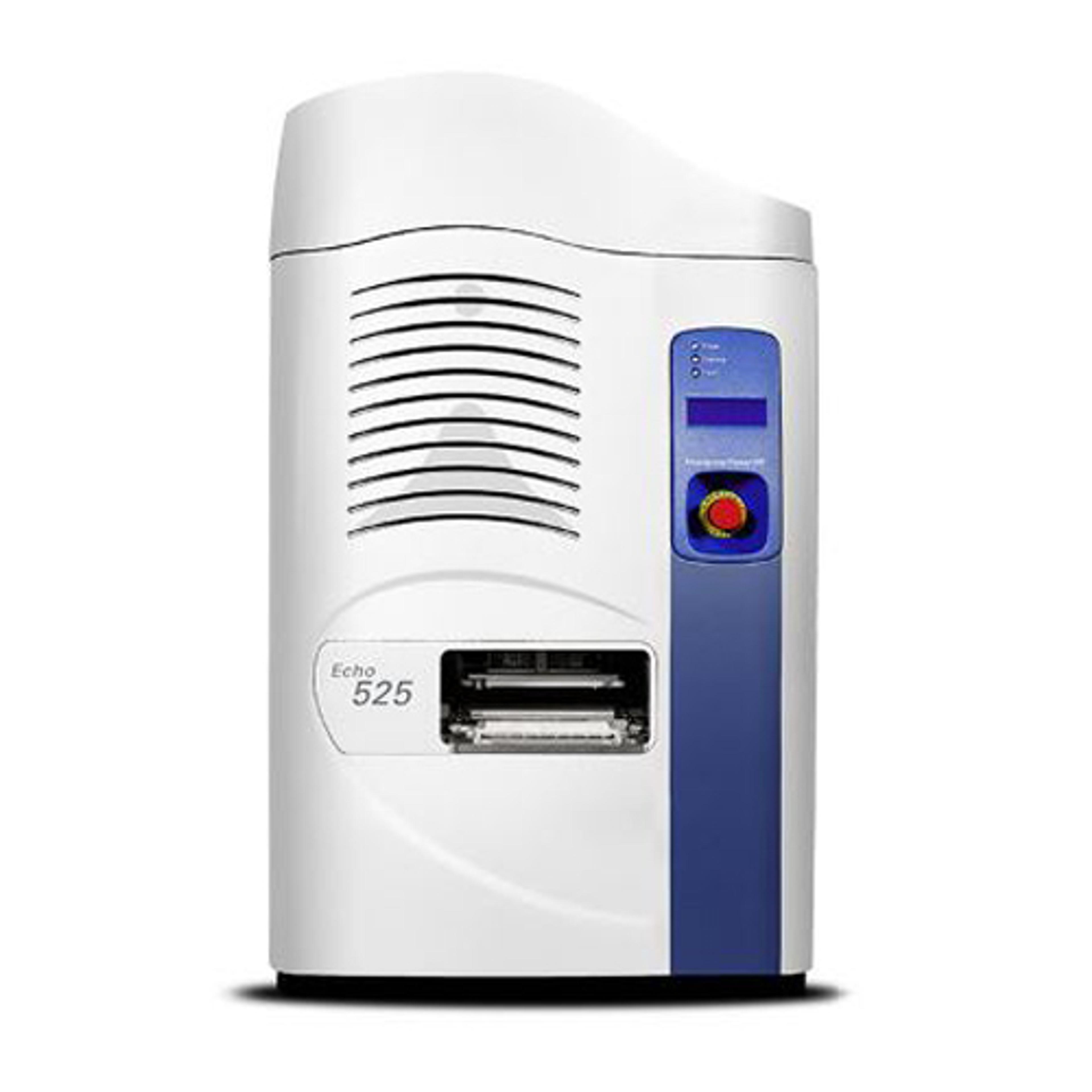World Class NHS Facility Drives Research and Innovation in Next Generation Sequencing
Discover how this leading London Biomedical Research Center is using state-of-the-art genomics to improve healthcare
27 Apr 2017
Dr Alka Saxena, Head of the Genomics Research Platform at the National Institute of Health Research Biomedical Research Centre, at Guy’s and St Thomas’ NHS Foundation Trust and King’s College London’s Genomics Research Platform Biomedical Research Centers Biomedical Research Centers combine world class facilities, with principal investigators, clinicians and industry, to shape the future of healthcare and benefit patients.

We are constantly reviewing our processes to ensure that all of our projects meet our high standards
Dr Alka Saxena NIHR BRC
Dr Alka Saxena, is the Head of the Genomics Research Platform at the National Institute of Health Research (NIHR) Biomedical Research Centre (BRC), at Guy’s and St Thomas’ NHS Foundation Trust and King’s College London’s Genomics Research Platform, and Honorary Senior Research Fellow at King’s College London. The BRCs aim to turn scientific discoveries into improved healthcare services. SelectScience® spoke to Dr Saxena to learn more about the services provided by this world-leading center.
SS: Could you explain to us what your job role entails and your key responsibilities?
AS: I lead the Genomics Research Platform at the NIHR BRC at Guy’s and St Thomas’ National Health Service (NHS) Foundation Trust and King’s College London’s, which operates as a service provision lab and also as a Research and Development (R&D) platform.
Our NIHR BRC is focused on turning research in the lab into new treatments and diagnostics for our patients as quickly as possible. Along with the other BRCs in England, we are driving research and innovation in the NHS. Our Genomics Research Platform supports our researchers and industry in this endeavor by providing access to state-of-the-art facilities and advice.
Other than the usual financial and administrative tasks associated with my role, I ensure smooth service delivery, in addition to keeping up with the technical advances in the field through R&D. At this time we offer over 21 different library preparations on liquid handling systems for next generation sequencing (NGS).

Next generation sequencing, also known as high-throughput sequencing, refers to technology that is able to sequence millions of small fragments of DNA in parallel. The technology has revolutionized genomic research.
Ensuring scientific excellence
To keep up with advances in the field, I strategically select new R&D projects each year, based on the latest publications, the feasibility of their implementation in our lab and the needs of our researchers and clinicians. I ensure that we remain aligned to our BRC’s strategic aims, which are; application of cutting-edge technologies to translational research to enable discovery of diagnostic, therapeutic and prognostic biomarkers, and improve patient outcomes through identification of new drug targets, targeted treatment and monitoring strategies.
With my team of four researchers (three wet lab and one dry lab), we ensure that R&D projects are optimized, and correct procedures are established before their transfer to the ‘business as usual’ environment in service mode. Such R&D projects are not implemented into service until the data is analyzed and meets our standards. Then, there are those troubleshooting days on service and R&D projects which take some of my time. An important part of my work is quality assurance. We are constantly reviewing our processes to ensure that all of our projects meet our high standards.
SS: What types of projects do you conduct on these samples?
AS: We offer microarray services for SNP Genotyping, and methylation, NGS services, and automated library preparation on liquid handling systems, including whole genome sequencing, custom capture sequencing, whole exome sequencing, whole transcriptome sequencing, whole genome sequencing on FFPE DNA, RNAseq on FFPE RNA, metagenome library preparation, 16S library preparation, whole genome bisulfite sequencing, single cell DNA library preparation for WGS, WES, CCS and single cell mRNA sequencing. We will soon offer basic data analyses as part of our services.
SS: What advantages (and challenges) does NGS offer to your research?
AS: The main advantage of NGS is that it is an open platform. Investigators ask an open research or clinical question such as ‘what DNA mutations or gene mis-expression or methylation changes are causing this phenotype in my patients or samples?’ Prior knowledge is not required for NGS projects and with current advances, due to the ability to sequence DNA and RNA simultaneously in a single cell, uncertainty between genotype and phenotype can be resolved. The challenges are the costs in using and keeping up with the latest technology, adapting to changes in analytical strategies, and storage and analyses of the vast amounts of data generated.
Managing complex workflows
SS: How does the technology you are using in your lab enable you to manage your workflow effectively, and maintain the required level of flexibility?
AS: In our lab, we process samples for both service provision and R&D projects on liquid handling systems, to reduce variations introduced by manual handling and to ensure reproducibility. We find that for our applications, most kits are not usable out of the box; they require customization and adjustments to volumes. With new protocols being implemented via R&D projects in my lab, we need flexible, easily programmable, high precision liquid handling systems so we can test and finalize various adjustments during the R&D phase and reproduce these protocols in the service phase. Ideally we like to design experiments to test multiple variations of a protocol simultaneously, thus saving us time. Our Echo 525 Liquid Handling System, with its easy interface and precise volume transfers, has made these experiments possible without the need for testing variations of a protocol sequentially.
SS: How do you see your services evolving and expanding in the future?
AS: Single cell genomics is developing more rapidly than almost any other area of genomics and I see us moving towards a stage where single cell resolution is providing answers to some of the world’s most challenging research and clinical questions. As we move towards personalized medicine, there is a need to define the normal state of the genome, transcriptome and epigenome at a single cell resolution so we can identify deviations from it before the onset of symptoms. This definition of normal is essential at a single cell resolution, because we now know that studies of bulk samples can give us information on averages and mask individual states due to the presence of various sub populations. Single cell genomics requires cell isolation via FACs and because of the expertise available in our Flow Cytometry Platform we are able to venture into the single cell genomics arena with confidence.
Translational research requires multidisciplinary involvement and over the last 10 years, thanks to investment from the BRC, we have built a number of state-of-the-art research platforms providing services such as GMP manufacturing, flow cytometry, statistics, imaging and clinical spaces for conducting trials. Crucially, these facilities are co-located with our BRC Genomics Research Platform, making this an ideal place to conduct clinical trials for personalized medicine. In the near future, I see my lab being increasingly involved in translational research aimed at personalized medicine, in collaboration with these BRC research platforms at Guy’s Hospital.
SS: Are there any future trends that strike you as being particularly noteworthy?
AS: I believe that microbiome and metagenome sequencing has much to offer in terms of understanding the molecular pathology of any disease and also to understand the normal state. This field will be interesting to watch as it evolves, and as new information is discovered on how bacteria contribute to our normal and disease states.
Looking forwards, the NIHR Biomedical Research Centre at Guy’s and St Thomas’ and King’s College London is able to host research trials from public and private organizations. We have a number of co-located, state-of-the-art research platforms and can offer trial management services, as well as research and clinical expertise. We are based in the heart of London and serve an ethnically and culturally diverse patient population. You can find out more about our research platforms at http://www.guysandstthomasbrc.nihr.ac.uk/research-platforms/.

